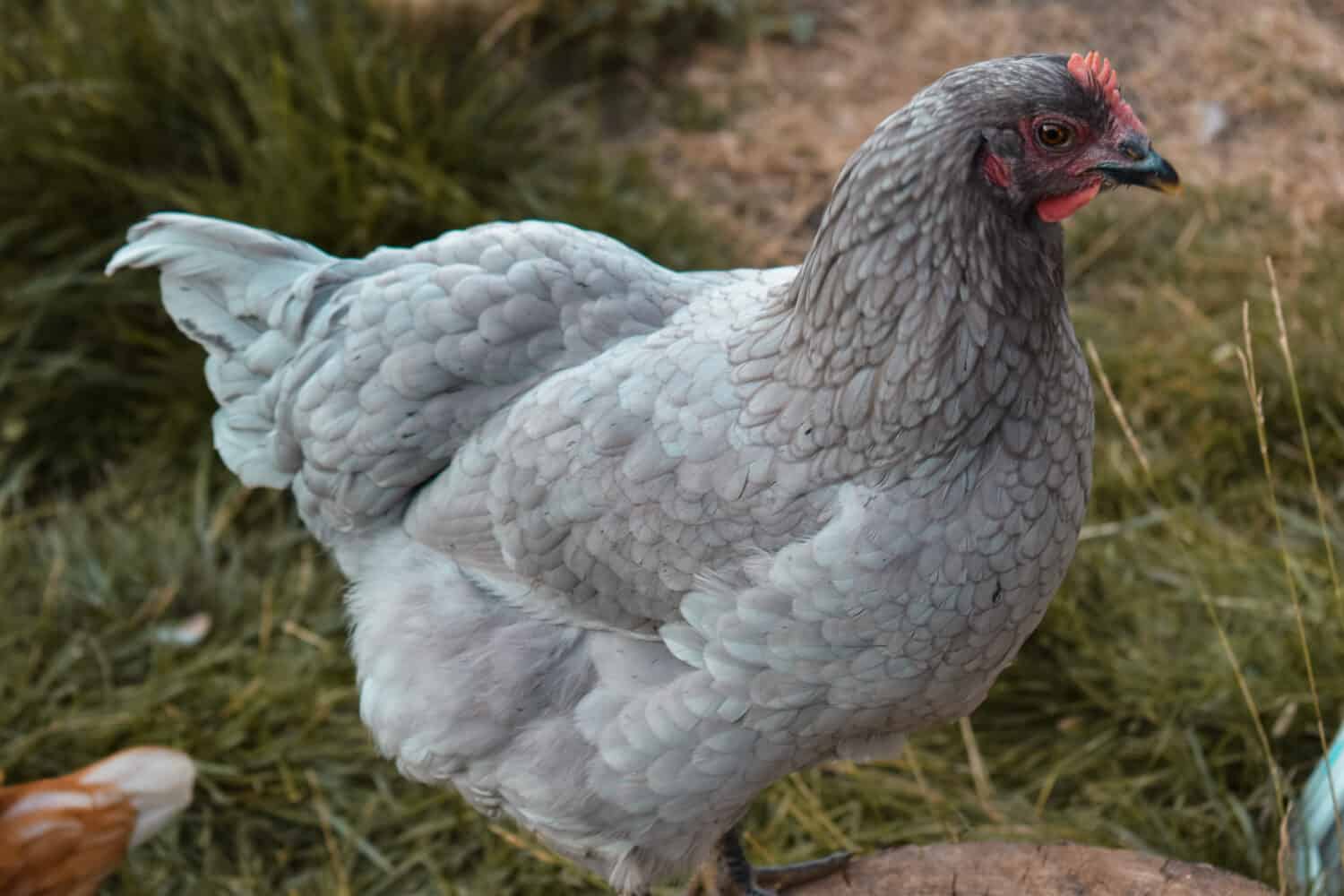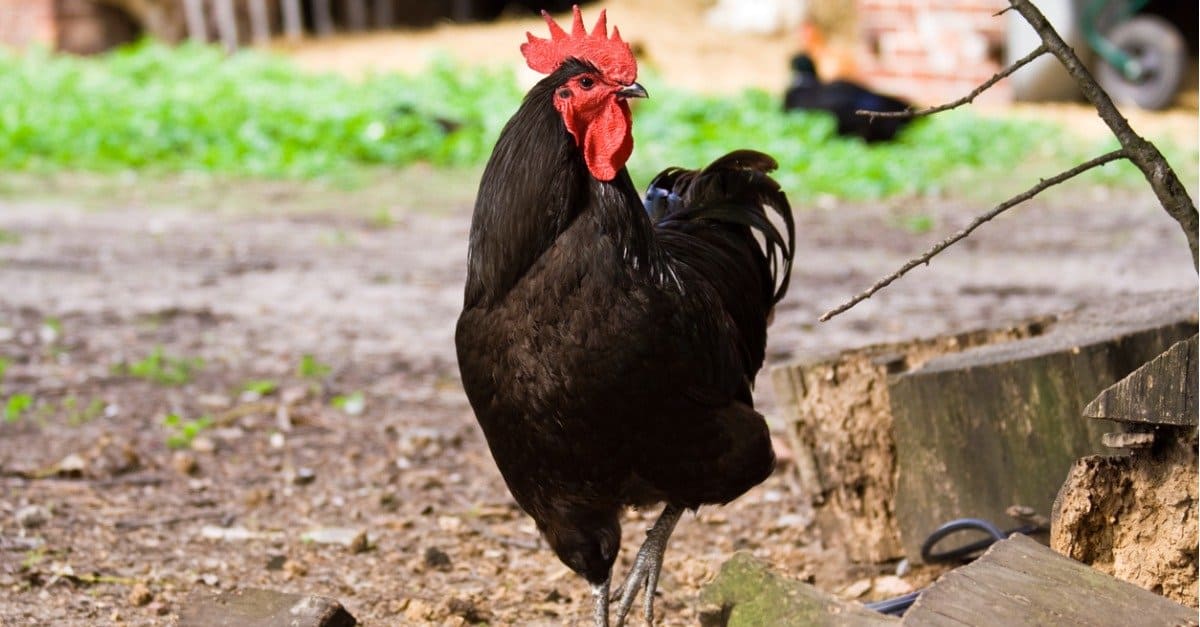Are you researching meat or laying chickens for your home or homestead? If so, you may have heard about the Jersey Giant. This loveable chicken has made a splash in the chicken world over the last few years. However, its growing popularity may not convince you that this is the breed for you. So, we wanted to answer any pressing questions you may have. Read on to learn about the Jersey Giant hen and rooster. We’ll cover some of their similarities and differences and hopefully help you decide.
What Is the Jersey Giant?
Before diving into the specifics, it will help to gain a broad understanding of what the Jersey Giant breed is. This heritage breed dates back a pretty long way. It was developed in the United States back in the mid-1800s. John and Thomas Black (of New Jersey) wanted to find a way to raise a dual-purpose chicken. And the Jersey Giant was their final result.
It is the largest chicken breed on the market, which is where the other half of its name comes from. Interestingly enough, its size is also one of the reasons it fell out of popularity for many years. They take a long time to reach maturity, so many farmers and homesteaders opted for faster-growing breeds.
However, these friendly birds have started making a major comeback in recent years. Perhaps it is due to their longevity — they can live for eight years or more. Or maybe it is because they are beginner and family-friendly.
Jersey Giants have a striking appearance. They have a U-shaped back but are wide enough to look squarish. Their single comb and red wattles give them an almost regal look. Additionally, they have black legs, yellow soles, and feathers tucked tightly against their body.

The Jersey giant is the largest chicken breed on the market.
©iStock.com/Copit
What Is the Size Difference Between the Hen and the Rooster?
Jersey Giant hens and roosters are both surprisingly large birds. The hens can weigh up to 11 pounds at maturity. And they stand approximately 16-20 inches tall.
On the other hand, roosters are slightly larger. They can reach a stunning 15 pounds, rivaling a small turkey. Their height comes in at roughly 20-26 inches.
What Is the Coloring of the Jersey Giant?
Whether you have a rooster or a hen, you will have three colors to choose from. Each officially got registered with the American Poultry Association over the years.
Black was the original variety, and it was registered in 1922. It was followed quickly by the white Jersey Giant in 1947. The blue is the newest color, and it was registered in 2003.

Even young Jersey Giants have a distinctive coloring and shape.
©Finnegan’s Fotos/Shutterstock.com
What Is the Temperament of the Jersey Giant?
These are truly gentle chickens that are family-friendly. Jersey Giants are docile, love roaming around, and are relatively quiet. While the roosters do crow, these birds don’t make a ton of noise. That makes them a solid choice for residential neighborhoods.
The hens aren’t typically broody. And the roosters are even mellow.
What Kind of Eggs Do the Hens Lay?
The interesting thing about Jersey Giants is that they got bred to be dual purpose. While the focus was on the meat (roosters), the hens lay surprisingly good eggs. They don’t lay as many eggs as some of the smaller breeds. But at 2-4 eggs per week, you still get decent production.
The light to medium brown eggs have excellent flavor and range from large to jumbo in size.
How Is the Meat Quality?
The meat was truly the focus of the original breeders, and they did a solid job. Jersey Giant meat has an outstanding flavor profile. Plus, since the roosters get so large, one bird is big enough to feed a family of four. The only thing to consider is that you need to wait a while since they are slow growers. It will take at least six months.
Other Considerations
Another bonus to owning Jersey Giants is that they don’t typically have any major health concerns. However, they do love to jump out of their coop. So, keep their home lower to the ground to protect their feet and legs from injury.
They will need plenty of space to roam. Plan on at least 4 square feet per bird for space.
Jersey Giants require a lot of feed but also love hunting bugs if you let them roam. They are cold-hardy birds, and thanks to their size, they are not easy prey for hawks.

Jersey Giants proudly dominate the yard.
©Ballygally View Images/Shutterstock.com
Thank you for reading! Have some feedback for us? Contact the AZ Animals editorial team.








